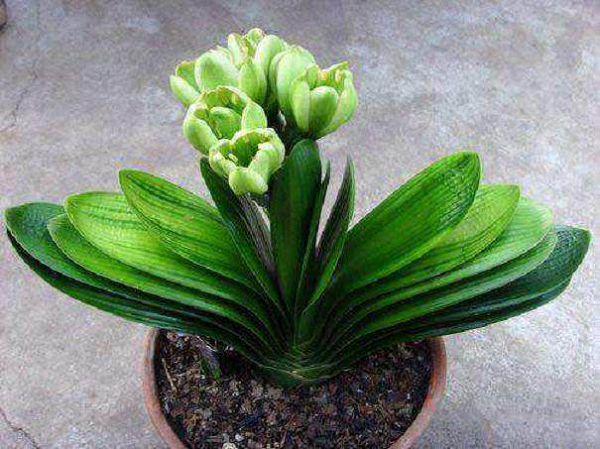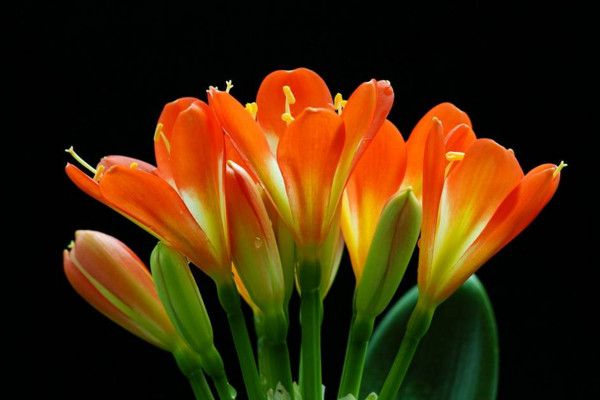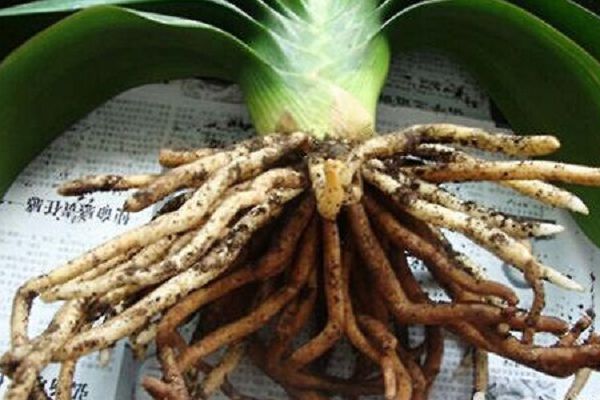Don't easily change the soil and basin for the magnolia.

The best season to change soil for Cymbidium is spring and autumn, especially after the flowering period of Cymbidium, because it consumes a lot of nutrients, changing soil in time is not only beneficial to replenish nutrition in time, but also make necessary preparations for the hot summer.
After a long summer, the basin soil nutrition is consumed greatly, and the permeability decreases. If the soil is not changed in time to replenish the nutrition, it will affect the flowering of the orchid in winter. Therefore, after entering the autumn, the northeast region is generally in mid-late September, and the North China region can generally change soil basins from late September to early October (other areas can be determined according to the local temperature).
The gentleman orchid changes the basin
Winter is the blooming season of Magnolia, and it is also the time of New Year's Day and Spring Festival. if the temperature can be maintained above 10 ℃, it will not have much impact on the normal growth of the plant, so you don't have to buy it home to change the soil.
The summer temperature is higher, the bacteria multiply quickly, the gentleman orchid is mostly in the dormant period, if change the soil and change the basin in this season, it is easy to cause root system injury and rot. Therefore, do not easily change the soil to change the basin.
The time to change the basin is mostly in spring (spring is usually before Grain Rain) and autumn, and the most suitable time is when the temperature is about 20 ℃ (note: not in flowering). The new basin for changing the basin should be larger than the original basin, so that the root system of the plant can be further extended, and some perphosphoric acid (or bone powder) and soil should be mixed evenly in the culture soil as base fertilizer.
Before preparing to change the basin for the magnolia, stop watering, wait for the basin soil to dry, at this time the root system is softer than usual when the water is sufficient, and it is not easy to hurt the root.
When changing the basin, first use your hand to gently buckle the edge of the basin, so that the soil is slightly separated from the basin, clamp the base (seat) of Magnolia with the index finger and middle finger of the right hand, and then turn the basin over, and pour out the pot soil with the bottom of the pot with the bottom of the left hand; when changing a large basin, hold the false bulb of the orchid with your right hand, hold the bottom of the basin with your left hand, and turn it upside down slowly, tapping the edge of the flowerpot on the wooden stool or wooden frame to pour out the plant. After pouring out, the original waste nutritious soil should be removed and the fleshy board should be inspected. If there are rotten roots and senescent roots, the buds on the rhizome that need to be analyzed can be taken off at this time, and the nutritive soil at the base of small and medium-sized seedlings, commonly known as protective soil, can be retained.
When the magnolia is replaced with a new basin, except for the mature plants for many years, it is generally 1 inch or 2 inches larger than the original basin. Cover the drainage hole with broken pieces at the bottom of the basin, and sprinkle the seedlings with a layer of sand. Adult flowers can add a layer of bone powder, slag or charcoal, and then fill in a layer of nutritious soil according to the size of the basin, and place the plant in the center of the flowerpot. If the root is too long, the root can not be cut off in the basin, and then add culture soil to the basin from around. When filling to half, it is necessary to see whether the position of the orchid plant in the basin is correct, and gently shake the orchid, so that the rhizosphere of the orchid can fill the culture soil, avoid gaps in the rhizosphere and easily cause rotten roots.
Then fill the basin with nutritious soil. Gently press around, you can gently pier a pier on the ground to make the basin soil solid. Seedlings can be watered in time after potting, and orchids can be easily placed in a cool place.
Notes on flowerpots of Cymbidium:
1. The best time to change soil is in spring and autumn, because the orchid grows vigorously at this time and will not affect the growth of the plant.
2. The time and times of topping and changing soil of Cymbidium depend on the size and season of seedlings. Like these grown-up orchids, they have to change their soil once a year.
3. The seedlings of Cymbidium are changed once or twice a year, and the adult Cymbidium is changed once a year or once every two or three years. In the Spring and Autumn period. Due to the suitable temperature, after turning the basin, the root system can absorb water and nutrients as soon as it comes into contact with the loose and fertile new soil, so that it will not affect the growth because of changing the basin.
Related
- Is the orchid suitable for indoor use? Is it good for the body?
- How to prevent the empty root of orchids?
- What to do after the crab claw orchid is withered?
- Why are the leaves of orchids always yellow? Fertilizing and watering.
- Can the root of the gentleman orchid be saved if it is rotten?
- Diagnosis and treatment of cotton-blowing beetle insects in Cymbidium
- There is a way for a gentleman's orchid to rot.
- What is the most suitable temperature and humidity for the orchid?
- How to raise a gentleman's orchid? Cultivation techniques of Cymbidium
- How to prepare the nutritive soil for the cultivation of Cymbidium



